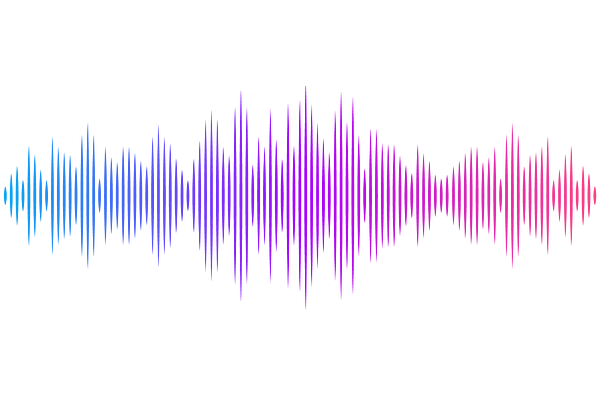Is Earendel a Star Cluster?: Metal Poor Globular Cluster Progenitors at $z\sim6$

Is Earendel a Star Cluster?: Metal Poor Globular Cluster Progenitors at $z\sim6$
Massimo Pascale, Liang Dai, Brenda L. Frye, Aliza G. Beverage
AbstractThe strongly-lensed $z\sim 6$ Sunrise galaxy offers an incredible opportunity to investigate star formation in the early universe on parsec or smaller scales. The highly magnified object Earendel within the Sunrise was previously identified as a candidate star or binary due to size constraints placed by the lensing magnification, however recent works have suggested this constraint may be relaxed to even the size of star clusters. Here, we explore the hypothesis that Earendel may actually be a star cluster, and simultaneously evaluate other star clusters within the host galaxy. Leveraging deep, archival James Webb Space Telescope NIRSpec PRISM spectroscopy, we determine a spectroscopic redshift for the Sunrise galaxy $z=5.926 \pm 0.013$, and we fit simple stellar population (SSP) models from three premier libraries to evaluate the physical parameters of Earendel and another distinct star cluster in the Sunrise dubbed `$1b$'. We find the rest-UV through optical continuum of Earendel to be well-described by an SSP, nearly equivalently to $1b$ which is confidently a star cluster. We infer they have intermediate ages $t_{\rm age}\sim 30$--$150\,$Myr, are metal poor ($Z_\star\lesssim10\%\,Z_\odot$), and are consistent with the formation age-metallicity trend seen in local globular clusters. Such intermediate age clusters are seldom probed spectroscopically in the high redshift universe, and we explore the extent to which these clusters can be characterized via the spectroscopic continuum.